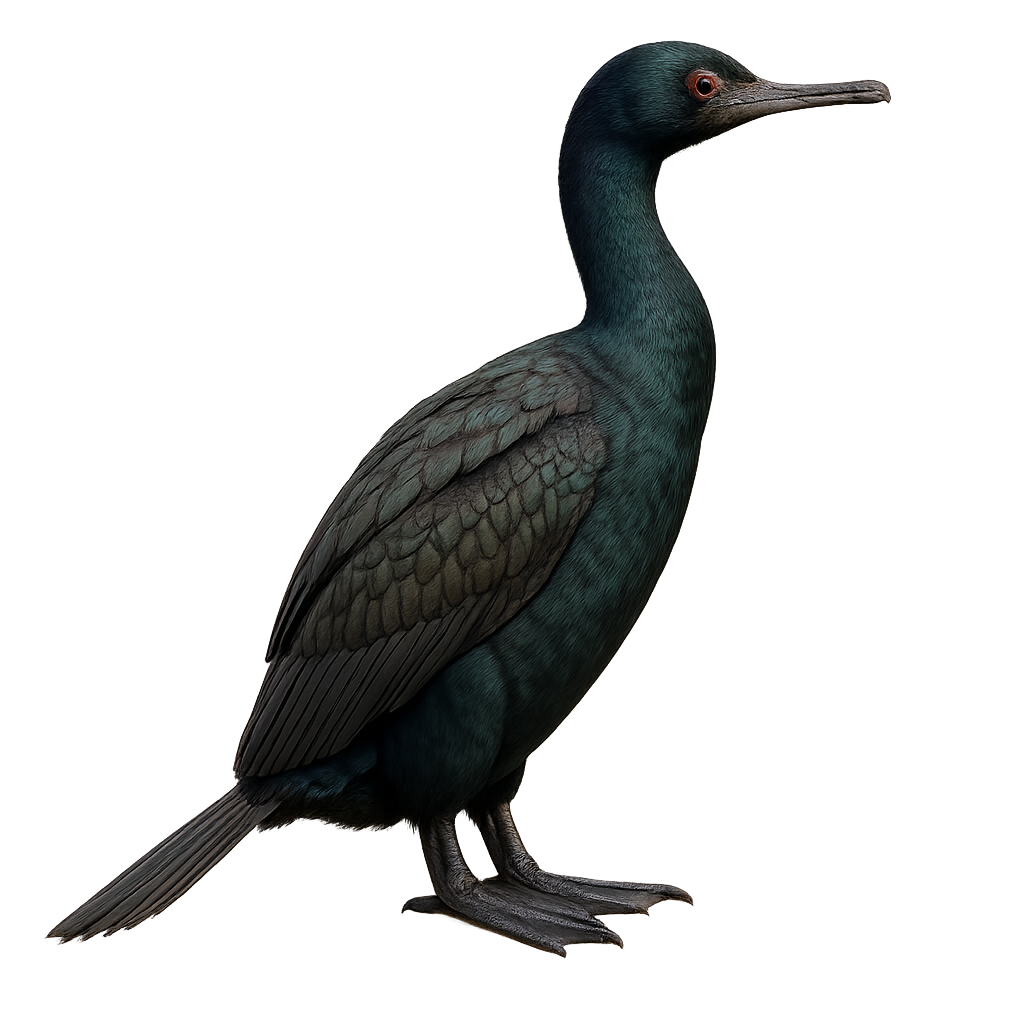Your wildlife photography guide.
Explore the pelagic cormorant in detail, study its behavior, prepare your shots.
Where to observe and photograph the pelagic cormorant in the wild
Learn where and when to spot the pelagic cormorant in the wild, how to identify the species based on distinctive features, and what natural environments it inhabits. The WildlifePhotographer app offers tailored photography tips that reflect the pelagic cormorant’s behavior, helping you capture better wildlife images. Explore the full species profile for key information including description, habitat, active periods, and approach techniques.
Pelagic Cormorant
Scientific name: Urile pelagicus

IUCN Status: Least Concern
Family: PHALACROCORACIDAE
Group: Birds
Sensitivity to human approach: Suspicious
Minimum approach distance: 10 m
Courtship display: April to June
Incubation: 29-31 jours
Hatchings: May to July
Habitat:
Rocky coasts, cliffs, estuaries
Activity period :
Primarily active during the day, with peak activity in the morning and late afternoon.
Identification and description:
The Pelagic Cormorant, Urile pelagicus, is a medium-sized seabird known for its glossy black plumage with green and purple sheens. It has a long neck and a slender, hooked bill, perfect for catching fish. This bird is commonly found along the rocky coasts of the North Pacific, from Alaska to California. It nests on steep cliffs, often in colonies, and feeds mainly on fish and small marine invertebrates. Although generally solitary outside the breeding season, it can be seen in small groups while hunting. Its flight is fast and direct, with regular wing beats.
Recommended lens:
400mm – adjust based on distance, desired framing (portrait or habitat), and approach conditions.
Photography tips:
To photograph the Pelagic Cormorant, it is advisable to use a telephoto lens of at least 400mm to capture precise details of its glossy plumage. Opt for the golden hours of morning or afternoon to benefit from soft light that will enhance the green and purple sheens of its feathers. Approach slowly and discreetly, maintaining a safe distance of at least 10 m to avoid disturbing it. Cliffs and rocky coasts are ideal places to observe it in full activity.
The WildlifePhotographer App is coming soon!
Be the first to explore the best nature spots, track rutting seasons, log your observations, and observe more wildlife.
Already 1 430 wildlife lovers subscribed worldwide

